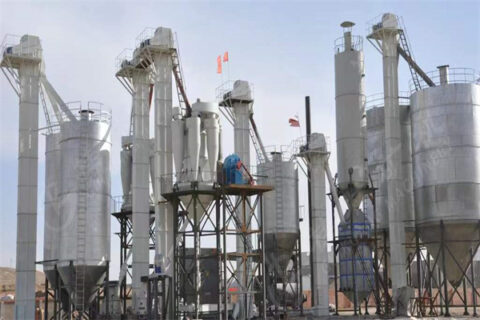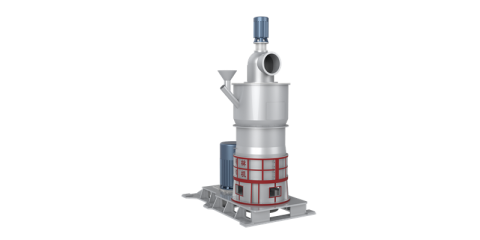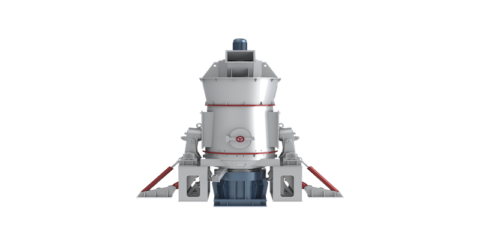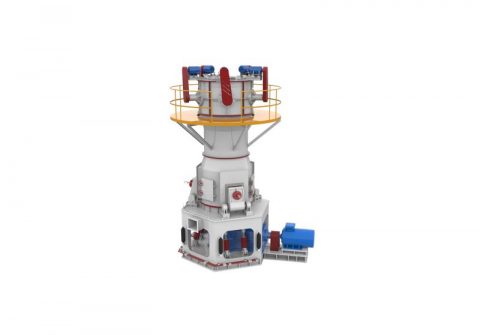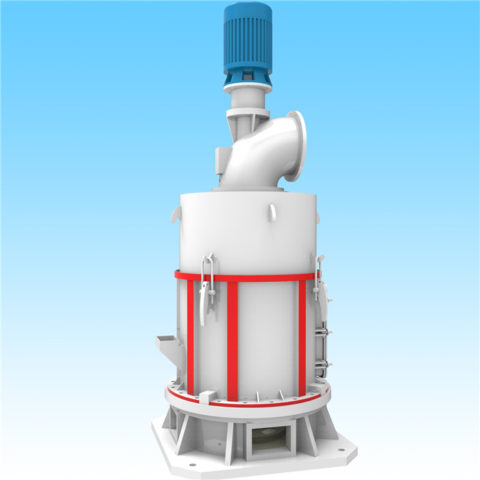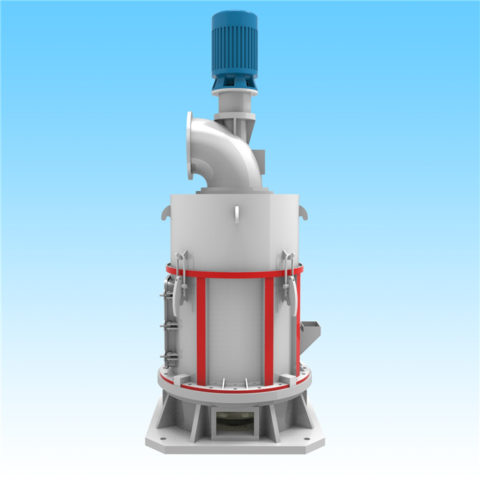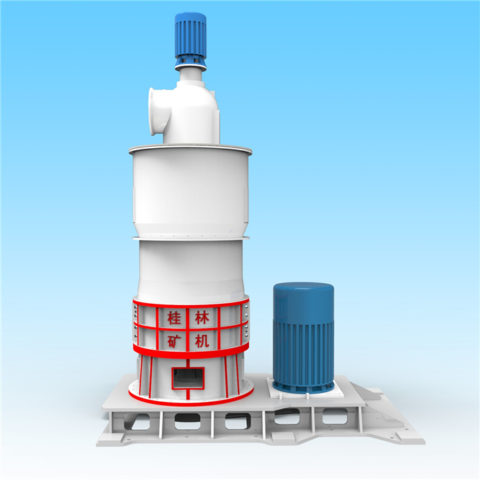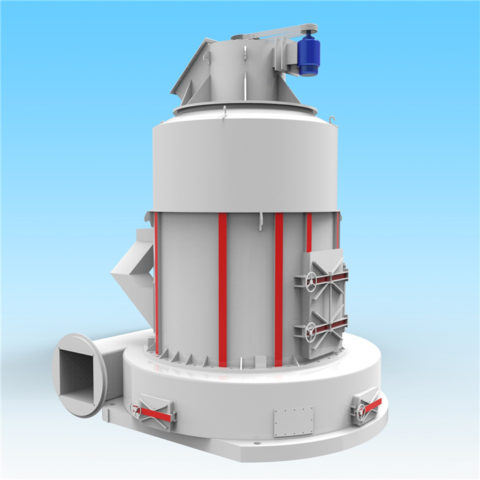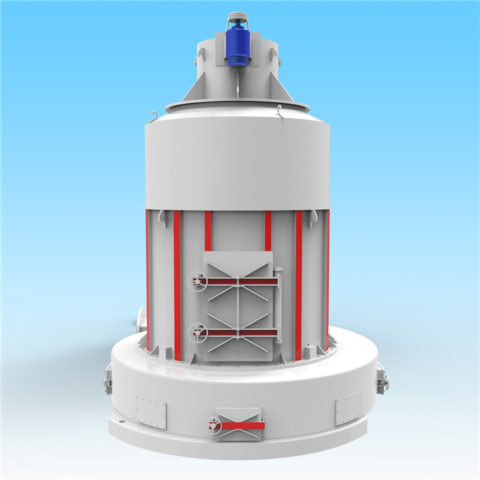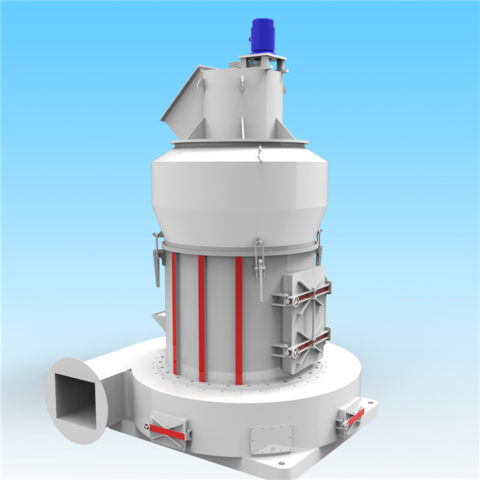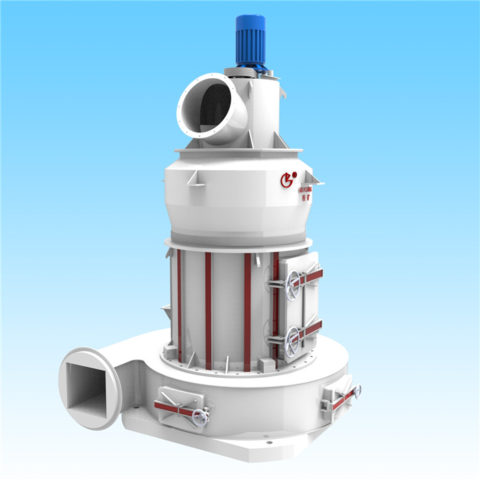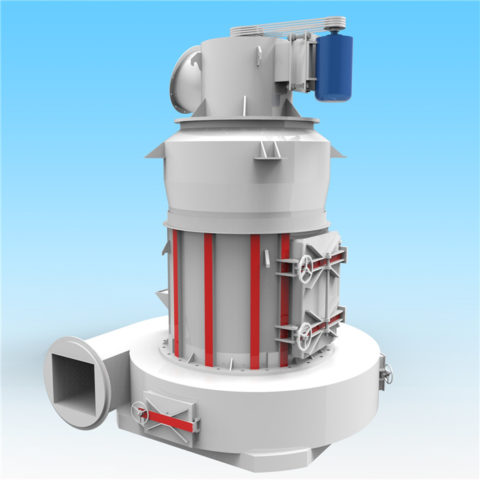Its crystal is transparent plate-shaped, and can also be brown or red due to impurities.
Clinoptilolite is an aqueous alkali metal aluminosilicate. After dehydration, clinoptilolite can have the function of molecular sieve. It can selectively extract nitrogen from the air and enrich oxygen. Clinoptilolite can also be used as an ion exchanger for the treatment of nuclear waste. It is also a filler and expansion agent in the paper industry.
Clinoptilolite belongs to a large group of zeolites called lamellae. The wide possibility of zeolite is mainly due to the specific physical and chemical properties of zeolite: high ion exchange selectivity; Reversible hydration and dehydration; High gas adsorption capacity; High thermal stability; Resist aggressive media.
The lattice structure allows clinoptilolite to be used as ion exchanger and selective adsorbent. The adsorption and exchange of ions depend on their charge and size. The more the size of ions matches the size of clinoptilolite entering the grid, the easier it will be captured and preserved. The inlet pore size is about 4 angstroms, which corresponds to the average ammonium ions NH 4, H 2O, 134 CS and 137 Cs. These compounds show the greatest affinity with clinoptilolite, which can be used as a selective adsorbent for many pollutants.
Clinoptilolite adsorption: ammonia, heavy metals, radionuclides, odor gas, water.
Application of clinoptilolite
Clinoptilolite is widely used in agriculture, animal husbandry, construction, environmental protection, water and gas purification and various industrial applications.
When we say Zeolite, we mean natural Clinoptilolite from the mine.
1. Natural zeolite filter material has the properties of adsorption, ion exchange, catalysis, acid resistance and heat resistance, so it is widely used as an adsorbent, ion exchanger and catalyst;
2. Active zeolite filter media can also be used for gas drying, purification and sewage treatment. Zeolite also has “nutritive” value.
3. Adding 5% zeolite powder to the feed can accelerate the growth of birds, strengthen the body and fresh meat, and increase the egg production rate.
4. Due to the porous silicate nature of the zeolite filter material, there is a certain amount of air in the pores, which is often used for boiling.
5. During heating, the air in the small holes escapes and acts as a gasification nucleus, and small bubbles are easily formed on its corners. Therefore, the activated zeolite filter material is a new ideal filter material for industrial water supply, wastewater treatment, and tap water filtration.
6. Activated zeolite is activated by a variety of special processes. Its adsorption performance is stronger than that of natural zeolite, and its ion exchange performance is also better. It can not only remove turbidity, chroma, and peculiar smell in water, but also harmful heavy metals in water, etc. Substances have adsorption exchange.
7. Zeolite is also beneficial to remove various micropollutants in water, the water leachate does not contain toxic and harmful substances, and the effect of removing iron and fluorine in water is more significant.
Processing flow of clinoptilolite powder
One of the steps for processing clinoptilolite in the factory is drying. During the drying process, it will remove free water and bound water from the lattice, and then balance when contacting with stored grain and feed, pet waste, flue gas and other materials to prevent condensation, etc. Clinoptilolite stabilizes water with low dosage to avoid adverse effects of water.
Large pieces of clinoptilolite are crushed by a stone crusher.
Then, the zeolite mineral material is sent to the storage hopper by elevator, and the material is evenly and quantitatively sent to the grinding chamber of the main machine of the pulverizer through the vibrating feeder for grinding.
After being sieved by a grading system, the final product is clinoptilolite powder with qualified fineness.
Clinoptilolite crushing and grinding equipment
1. Clinoptilolite Jaw Crusher
Jaw crusher has common models of 46, 57, 69, etc. The main way to distinguish is the feed particle size. The larger the model is, the larger the maximum particle size can be fed, but the corresponding price will be much higher. Therefore, when selecting EBO, we must select the type according to our own raw materials.
The feeding particle size of the European-style coarse powder mill is below 100mm, and the output particle size is 0-3mm, which can process 35-132 tons of materials per hour.
2. Clinoptilolite Hammer Crusher
Hammer crusher, also known as hammer sand making machine, is a kind of sand making machine. The main models include 08 series, 10 series and 12 series. The main way to distinguish is the processing capacity. The larger the processing capacity is required, the larger the hammer is required.
3. Clinoptilolite Raymond Mill
Raymond mill can process materials with Mohs hardness below 7, the moisture content of the material is required to be below 6%, the fineness range of the finished product is 0.8-0.045mm, and the processing capacity is 0.8-9.5 tons per hour.
The material below 20mm is sent to the feeding hopper by the bucket elevator. The feeding hopper sends the material into the grinding chamber and falls on the grinding ring. The continuously rotating grinding ring gives the material a centrifugal force to move it to the outer circle. , into the grinding range of the grinding roller.
After grinding, the material falls from the edge of the grinding ring, is blown up by the hot air sent by the blower, and is separated by the cyclone separator. The qualified material leaves the grinding chamber, and the unqualified material falls back into the grinding ring.

